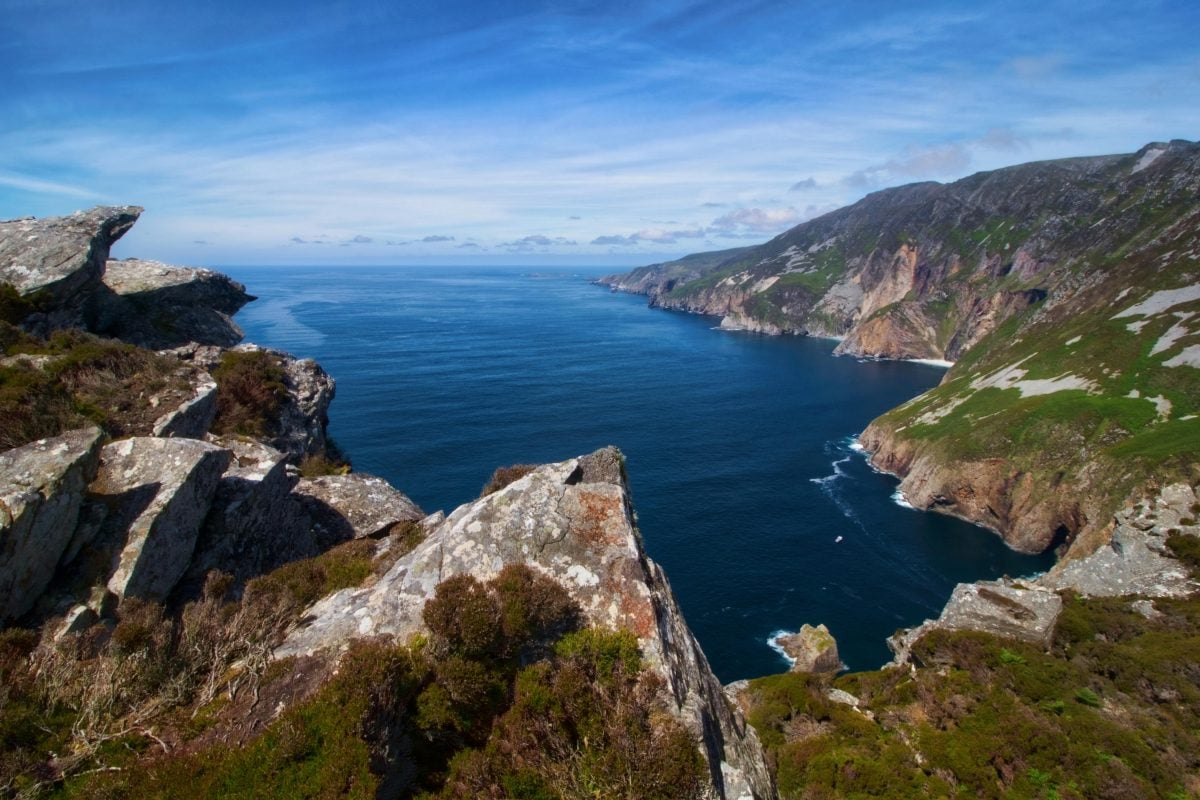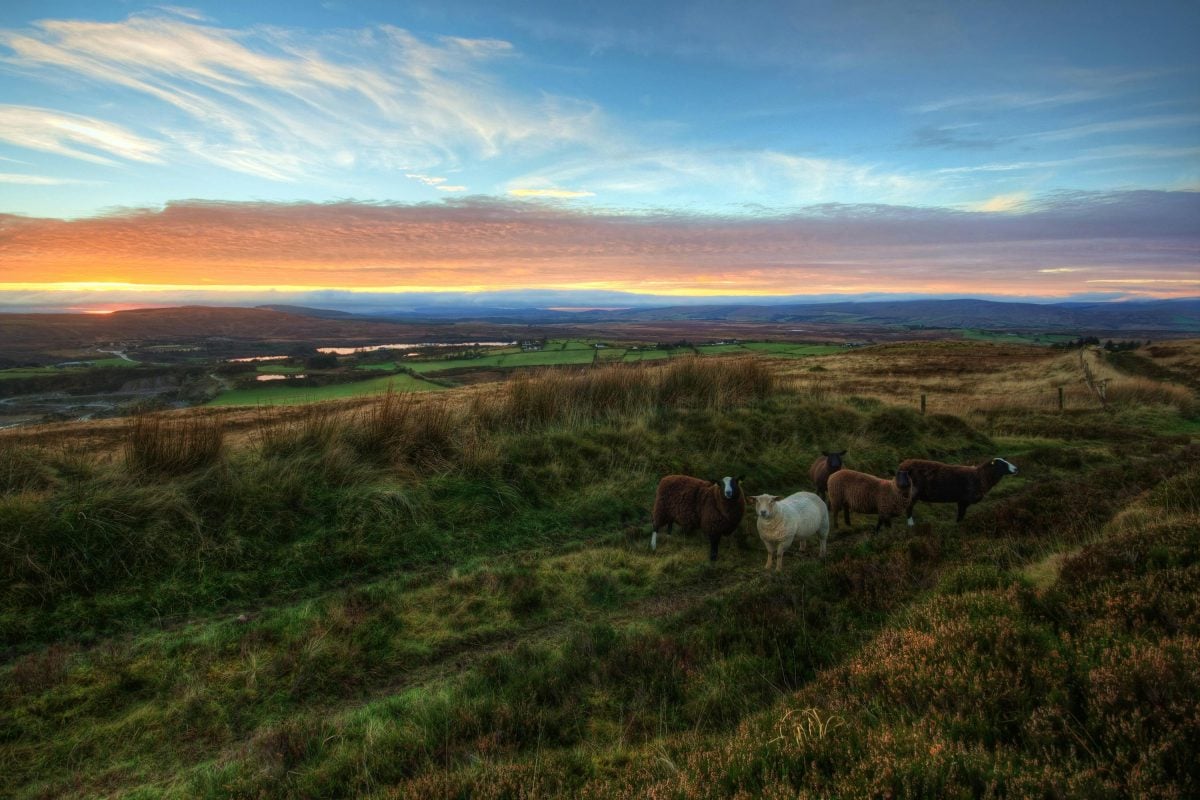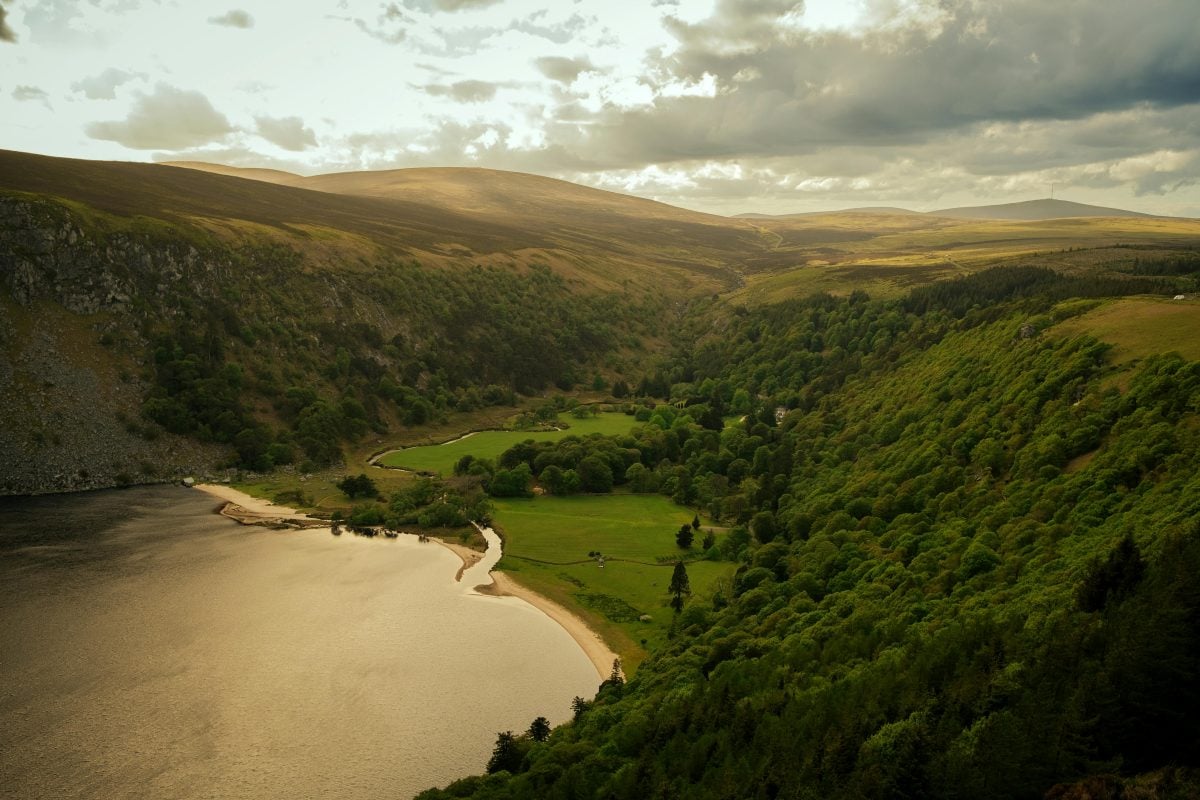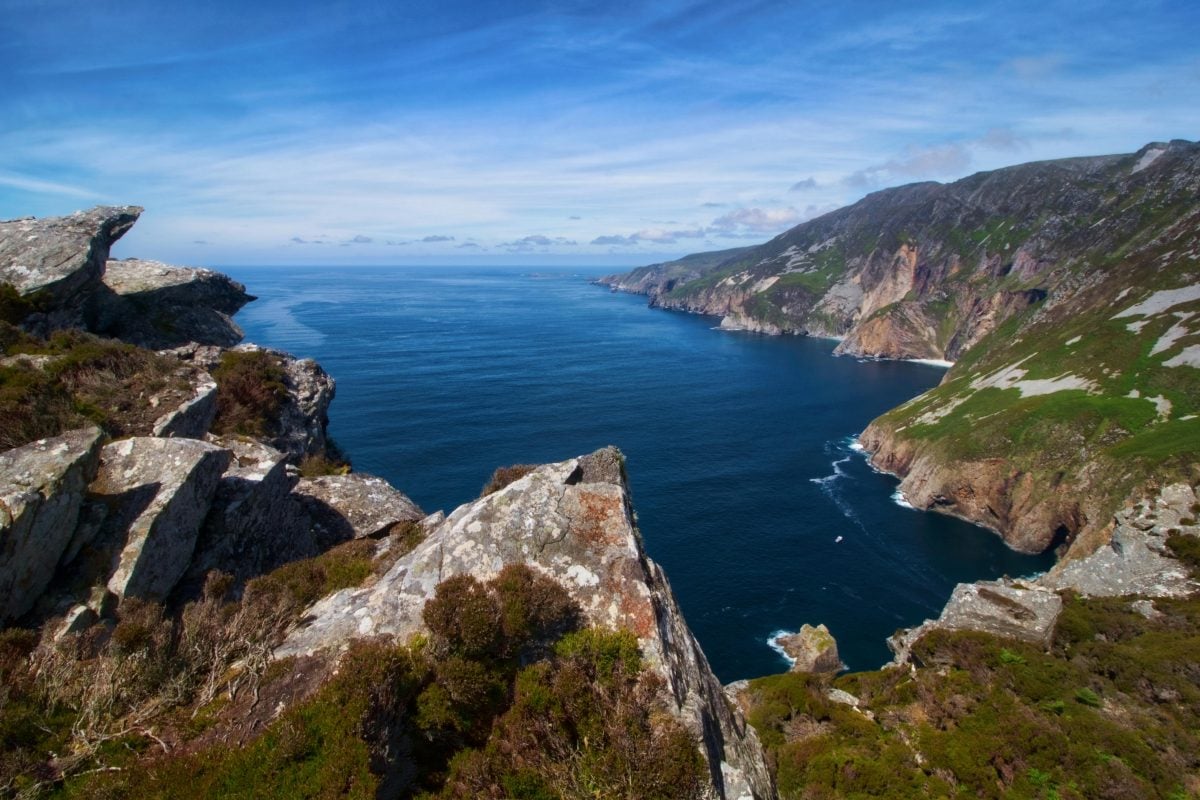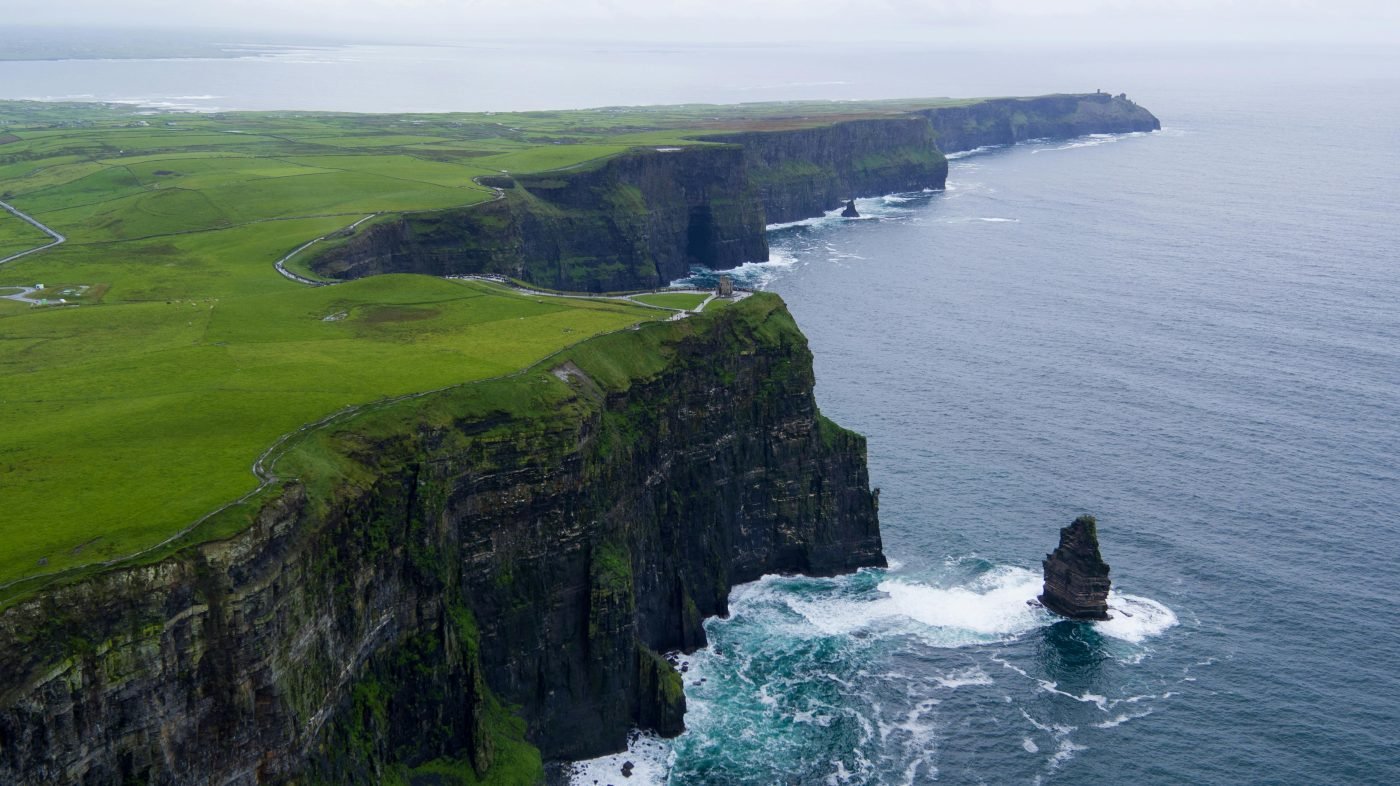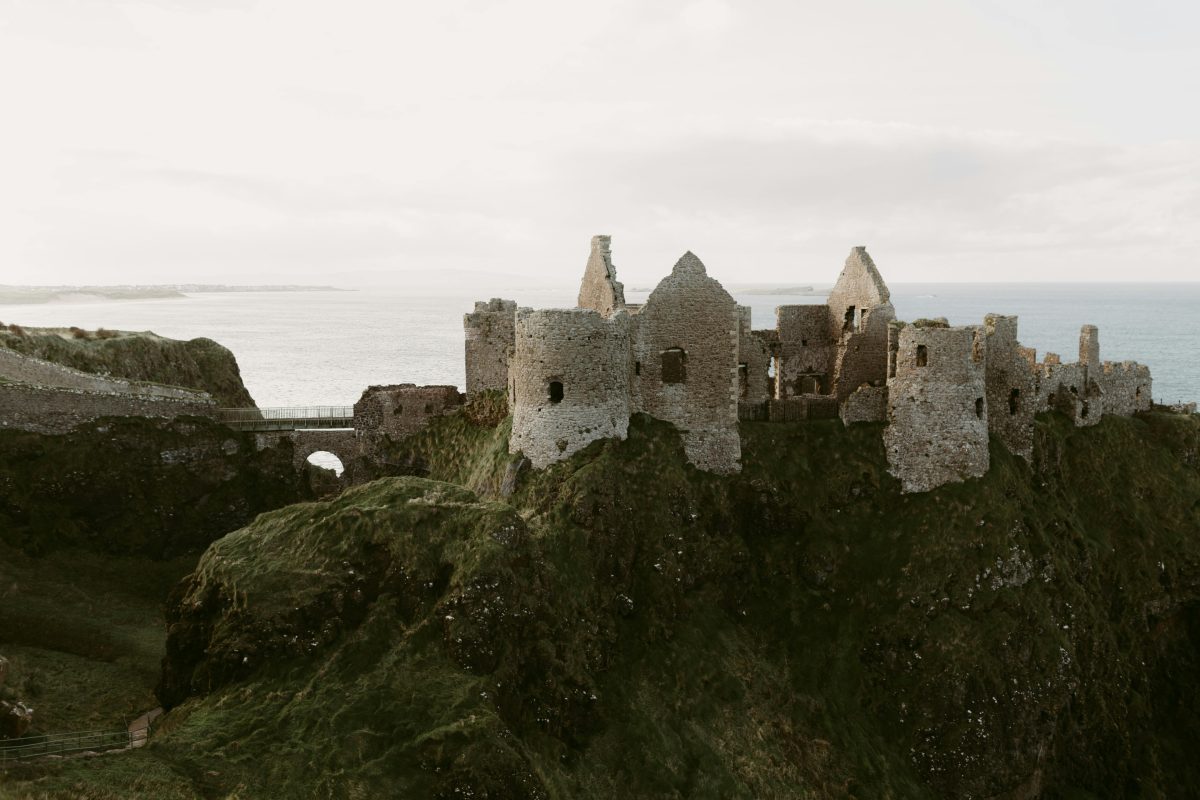Why the Forgotten Story of Maureen O’Hara’s Fight for Justice Resonates Today
Estimated reading time: 5 minutes
Key Takeaways
- Maureen O’Hara’s legacy is a powerful reminder of the fight for personal agency.
- Her battle against her family’s control over her narrative reflects broader societal issues.
- O’Hara’s story resonates with current movements for women’s rights and equality.
Table of Contents
Introduction
The Heart of the Story
The Wider Echo
The Now & The Next
Did You Know?
FAQs
Final Word
Introduction
In the heart of a fog-drenched Irish morn, Maureen O’Hara stands not only as a cinematic legend but also as a beacon of resilience. Born amid the verdant hills of County Dublin, her beauty graced the silver screen, yet behind the glimmer of Hollywood, a fierce spirit simmered. This is the tale of a woman who challenged not just the sparkly celluloid fantasy but dared to confront the stark realities of justice — her legacy, a resounding call to action that echoes through the years.
The Heart of the Story
Maureen O’Hara was born Maureen FitzSimons on August 17, 1920, in Ranelagh, a suburb of Dublin. Her beauty and talent captivated audiences in classics like “The Quiet Man” and “How Green Was My Valley.” Yet beneath the glamour lay tales of heartbreak and bravery. In the late 1980s, O’Hara found herself embroiled in an intense battle with her own family over the rights to her legacy, amid accusations and betrayal. It was a defining moment that showcased her indomitable spirit — she refused to let her story be written by others, she would not be silenced. In the often ruthless world of entertainment, her struggle for control over her own narrative became a profound commentary on the broader fight for personal agency.
The Wider Echo
Maureen O’Hara’s determination resonates far beyond the boundaries of Tinseltown. Her experience echoes in the lives of countless women and marginalized voices battling to reclaim their narratives. The late 20th century was a time when women’s rights were still burgeoning, and O’Hara’s fight symbolizes that relentless push against systemic silencing. As we remember Maureen today, in an era where gender equality continues to be a hotly contested issue, her legacy acts as a rallying cry for all who seek justice in their lives.
The Now & The Next
Today, as we stand amidst a cultural renaissance of storytelling, O’Hara’s assertiveness in the male-dominated film industry is a call to arms for a new generation. The #MeToo movement and the push for representation in film and media resonate with her struggle — a reminder that though paths diverge, the fight remains the same. Maureen’s legacy challenges us all to confront injustice, whether through art, activism, or personal choices. It’s a spark in the darkness, lighting the way forward for each one of us who dares to dream fiercely.
Did You Know?
- Maureen O’Hara was one of the first actresses to stand against Hollywood’s studio system, advocating for fair treatment and recognition of women in film.
- She was awarded an honorary Academy Award in 2014, celebrating her lifetime of achievement and her influence in shaping female characters in cinema.
FAQs
What was Maureen O’Hara’s most famous film?
“The Quiet Man,” alongside John Wayne, is often cited as her most iconic film, showcasing her talent and indomitable spirit.
How did O’Hara’s fight for justice influence modern actresses?
Her courage set a precedent for modern actresses, inspiring many to advocate for their rights and the stories they tell. Acts of defiance similar to hers can be seen in the current push for equality in the film industry.
Final Word
Maureen O’Hara’s story is not merely a tale of fame; it’s a poignant reminder of the power each of us holds to shape our destiny and narratives. If you carry the same pride we do, you’ll find a piece of home waiting at
HubIrish.com. Let us honor O’Hara by continuing her fight — one story at a time.



